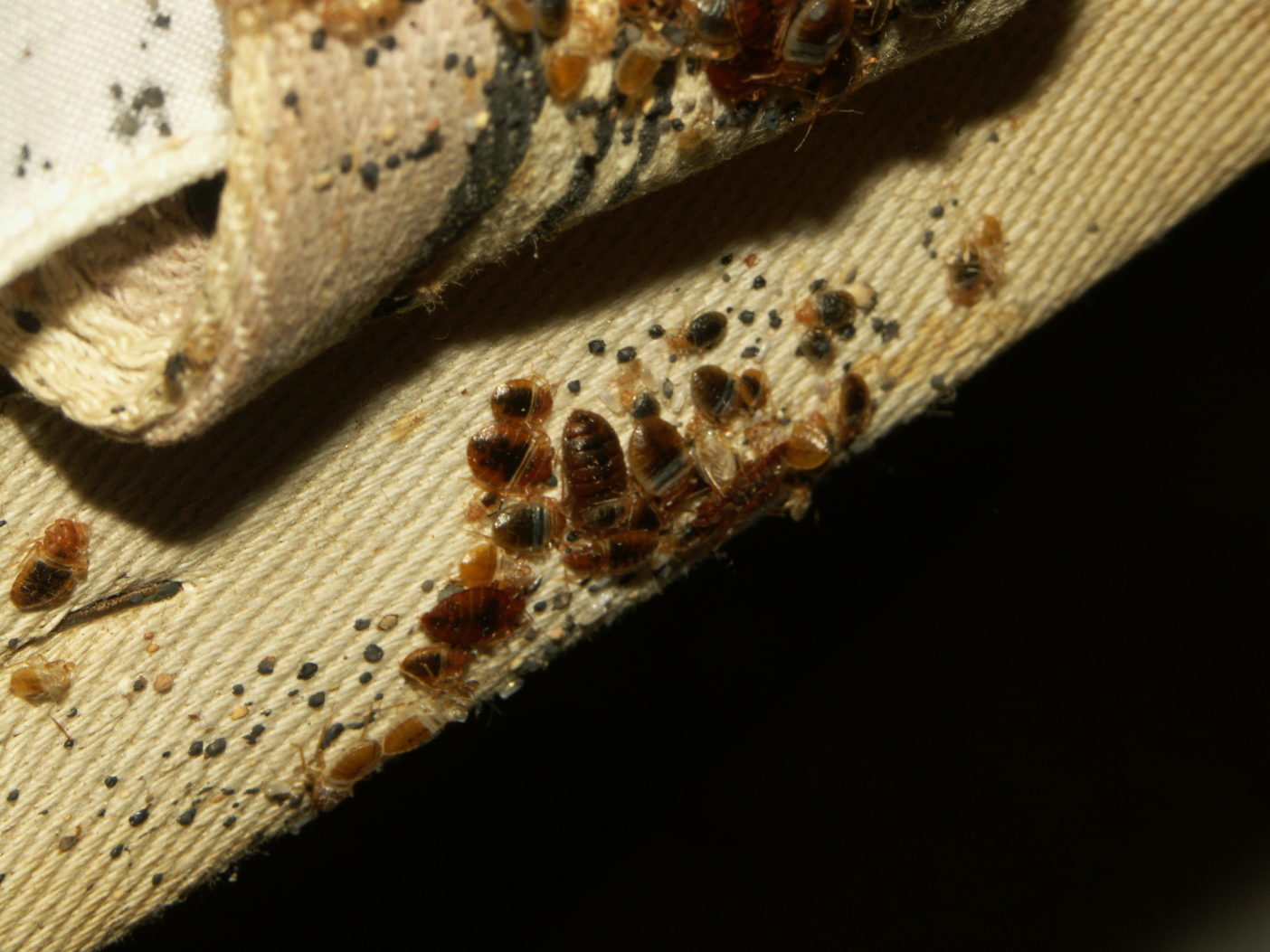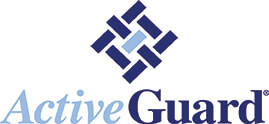NATIONAL REPORT—A guest finding bed bugs will quickly go one of two ways. It will be a non-event, if handled correctly. Or, it will turn into a public relations nightmare resulting in a hotel property’s appearance on the local news, as well as on bedbugregistry.com, bedbugreports.com and TripAdvisor.com.
The thought of a guest uncovering a bed bug infestation before an employee may keep hoteliers awake at night. But preparing hotel staff to handle a situation is one of the most important proactive steps that can be taken. It is wise to establish a written action plan, so hotel employees are prepared to handle a bed bug complaint and reduce the chances of it turning into a public relations disaster. Make certain that, once established, this action plan is followed precisely as deviations or omissions can result in significant legal consequences.
The following tips can help hoteliers to create their own bed bug complaint action plan to ensure staff are empowered to properly handle a situation when it arises:
- Guests reporting a bed bug complaint will likely approach the desk angry and concerned. Always empathize with the guests and be prepared to answer questions honestly and confidently. A Q&A document on bed bugs will help employees speak with a ‘single voice’ and adhere to pre-agreed responses to the most common questions (email [email protected] for a list of these questions and answers). Discuss these questions and answers with your pest management professional and practice responses with the housekeeping and front desk staff.
- Interview the guest about what signs of bed bugs were found. Be mindful of the guest’s privacy and do not ask to see bodily evidence of welts or bites. In all likelihood, they may show them with modesty.
- Have a plan in place for in-house pest management or other trained personnel to thoroughly inspect the hotel room for bed bugs. If evidence of an infestation is found, ensure that the inspector places a sample in a sealed container to confirm the identification of the pest found by a licensed pest professional.
- If the guest has unpacked, offer to securely bag all clothing and have the items washed and dried to ensure that no bed bugs or eggs remain on the clothing. Have luggage inspected and vacuumed to ensure that no bed bug remnants are left behind. Make certain the guest is aware of the precautions being taken to protect them from bringing home bed bugs.
- Have staff handle the packing and movement of all of their belongings at no charge. The guest will often wish to be present during this process.
- Assure the guest they will be relocated to a room at the very opposite end of the hotel. Suggest the guest take the minimum of personal effects to the new room (after thorough inspection) while washing and repacking the balance of their possessions is ongoing.
While nothing is worse than the absence of a clear action plan for a bed bug issue, the best defense is still a good offense. Having a solid, field-proven bed bug prevention program in place can stop a bed bug incident from turning into a full-blown infestation. A solid program can save a great deal of money, preserve brand reputation and reduce legal exposure. A 2017 research report entitled, “Behind the Cost of Bed Bugs: Hospitality Industry Report,” indicated that hotels spend on average $6,383 per bed bug incident. This cost includes the expense for pest control remediation, the loss of room revenue during the inspection and treatment process, guest compensation and discarding of soft goods. The report continues that over a five-year period, bed bug-related costs to hoteliers could catapult to more than $160,000.
Up until recently, the additional financial impact of bed bugs on hotel brand reputation was considered an unmeasurable metric. However, a University of Kentucky study found that just one negative report of bed bugs on an online review site can cost a 300-room hotel catering to business travelers $274,000 per month in revenue. When looking at a similarly sized hotel catering to vacation travelers, the costs approached $166,000 per month.
While some of the above precautions may seem extreme and expensive for a hotel to adopt, just imagine how news about the hotel having bed bugs could impact the bottom line. Internet travel and bed bug reporting sites make it easy for guests to speak to the masses about a negative experience, truth notwithstanding. Having trained personnel ready to handle a potential bed bug incident or infestation will pay enormous dividends and support hotel profitability.
About Allergy Technologies
ActiveGuard Mattress Liners kill bed bugs. Easily installed on mattresses or box springs, these liners offer two-year continual prevention and control against any adult bed bugs, nymphs or eggs. ActiveGuard has no cautionary signal words or use restrictions on its label. Only four sizes—single/twin, double/full, queen and king—fit almost every available mattress or box spring and accommodate up to extra-large in length and 17-in. in depth. Underlying is ActiveGuard’s formulation; a unique and proprietary delivery system that offers sustained bioavailability of permethrin for two years. Newest research supports that after a short exposure to ActiveGuard of only 10 minutes, bed bugs regardless of their level of resistance, begin to show significant reductions in feeding (biting) and a dramatic inability to lay eggs. This results in discontinuation of population growth thereby halting progression of an incident to an infestation. If you are seeking a pro-active preventative approach, ActiveGuard should be considered as the centerpiece of your long-term solution to keep bedding from being infested. ActiveGuard Mattress Liners are covered under U.S. Patents 5,916,580, 6,214,365, 6,440,438 and pending patents.
Take a proactive approach to bed bugs. Learn more here: https://hotelbedbugprevention.com





